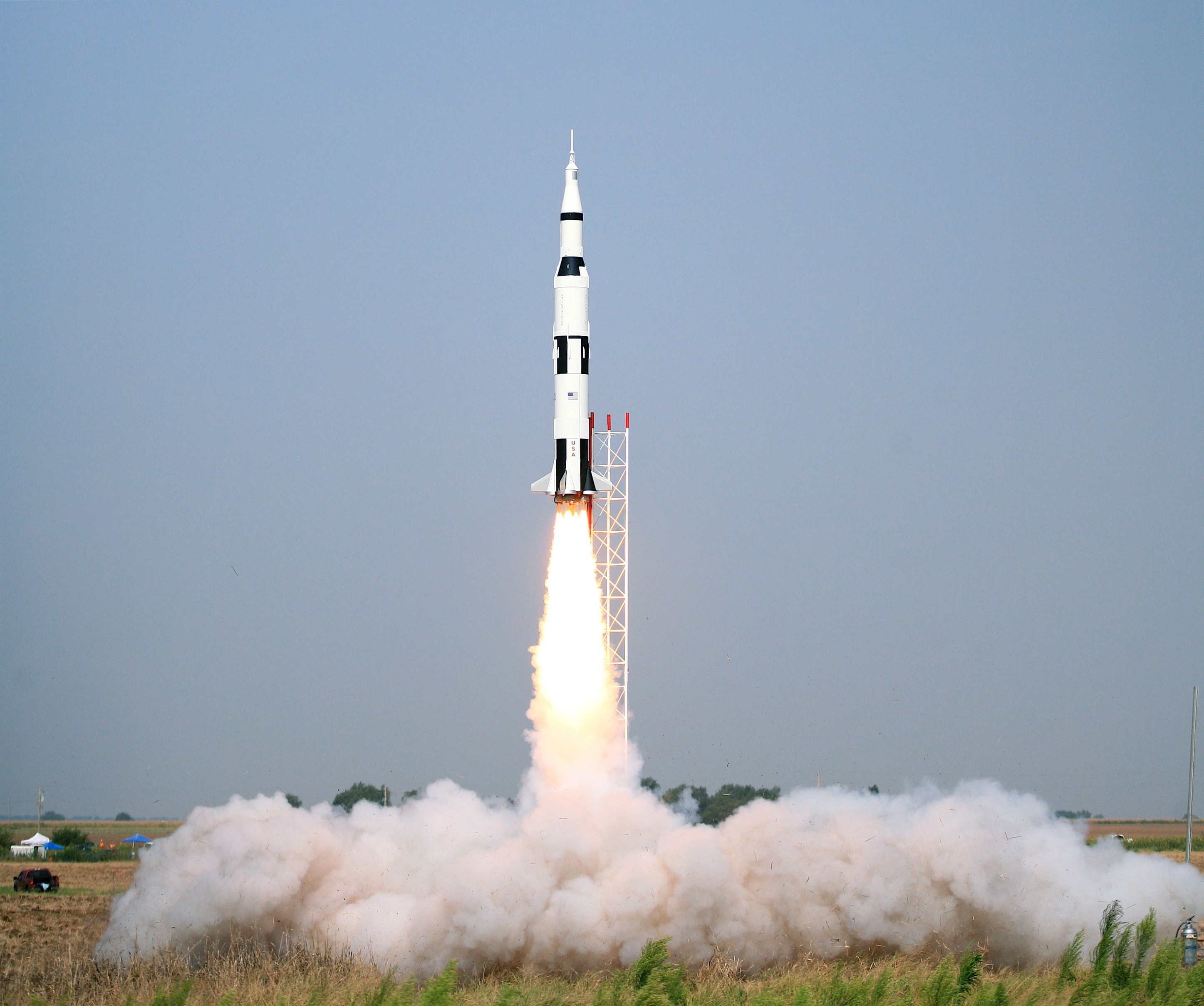Published by Alex Seamark on 12/28/2020
“We choose to go to the moon in this decade and do the other things, not because they are easy, but because they are hard. [Address at Rice University, September 12 1962]”― John F. Kennedy. With these famous words John F. Kennedy kick started the race to the Moon. To fulfill this mission, Nasa designed the Saturn V to take humans to the moon. With 34.5 million newtons (7.6 million pounds) pounds of thrust when taking off it is the most powerful rocket ever successfully flown. This enormous amount of thrust allowed it to launch 118,000 kilograms (130 tons) to Earth orbit or about 43,500 kilograms (50 tons) to the moon. The rocket had a height of 111 meters (363 feet) 18 meters (60 feet) taller than the statue of liberty. When the rocket was fully fueled it weighed 2.8 million kilograms (6.2 million pounds) the weight of about 400 elephants. Developed at Nasa’s Marshall Space Flight Center in Huntsville, Ala the Saturn V was one of three types of Saturn rockets. The two smaller rockets Saturn I (1) and IB (1b), were designed to launch humans into Earth orbit. Apollo 4, the first Saturn V flight, was launched in 1967 with Apollo 6 following in 1968. Apollo 4 and 6 were launched without crews to test the Saturn V. Apollo 8 was the first Saturn V launched with a crew, during this mission astronauts orbited the moon but did not land. During Apollo 9, the crew tested out the lander in Earth Orbit. Additionally during Apollo 10, the crew tested out the lunar lander in space around the moon. Finally, on July 16, 1969, 6:32 AM GMT-7 Apollo 11 marked the first successful landing of human’s on the moon. Apollo 12-17 also took humans to the moon with Apollo 13 failing due to a malfunction with the Apollo Spacecraft.

Source: wikimedia.org




